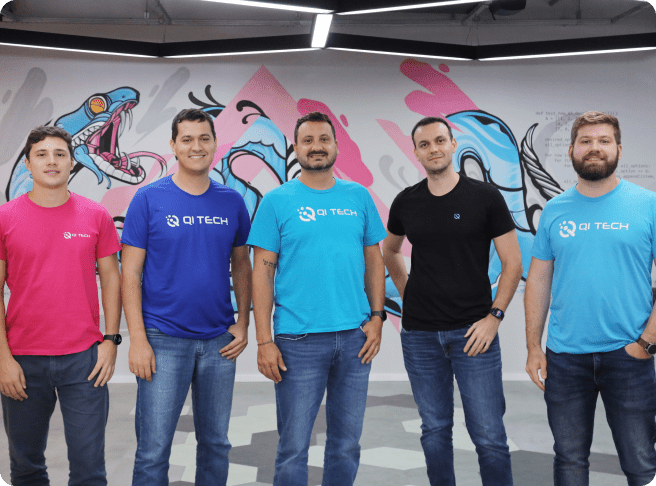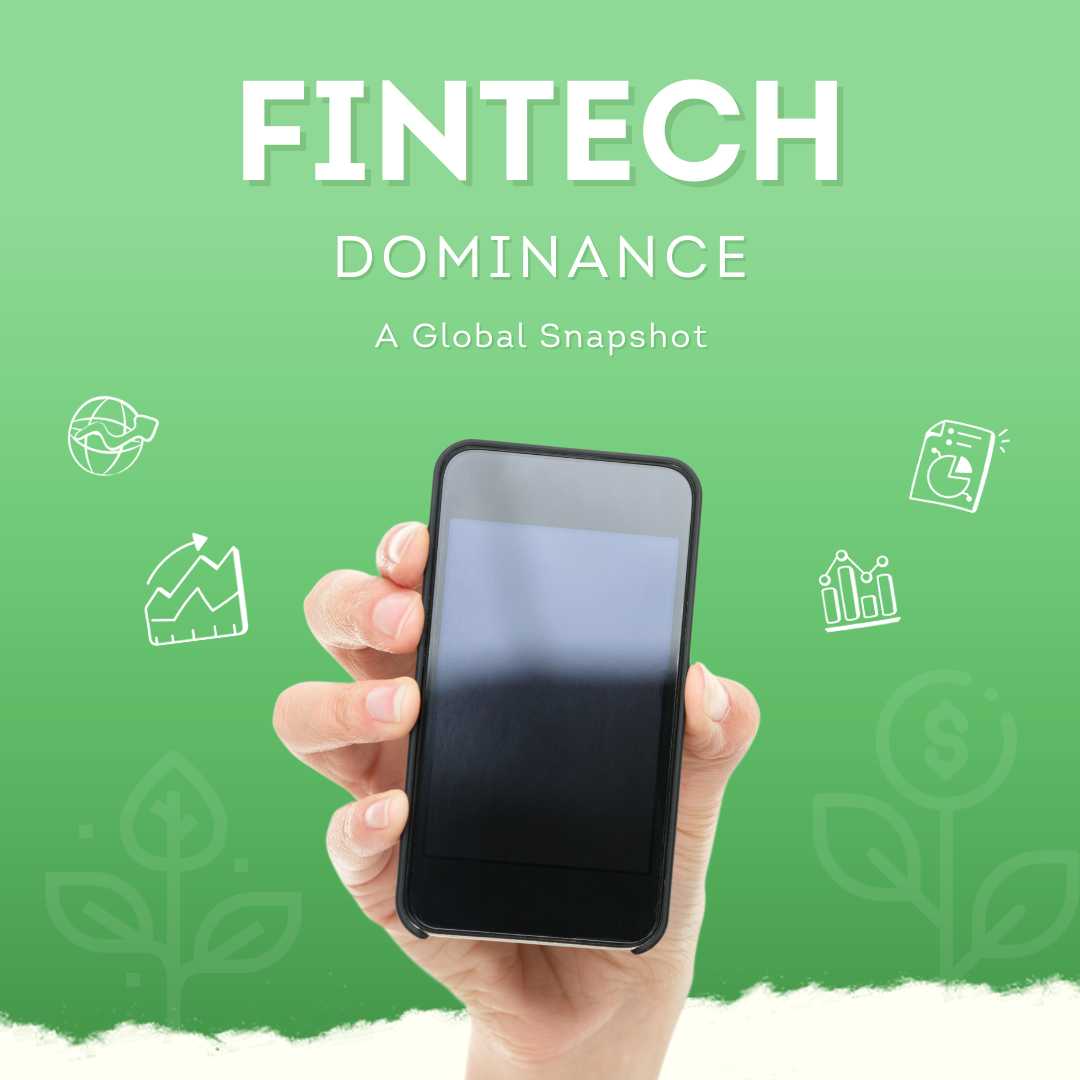Coinbase has shipped a developer tool that lets popular AI agents open wallets, onramp USDC and pay for APIs over the web’s long-dormant “Payment Required” code. It’s a small launch with large consequences: metered access to data, compute and content becomes as easy as an HTTP retry — and a new compliance category (“know your agent”) comes into focus.
October 23, 2025
Table of Contents
ToggleThe news, in plain English
On Thursday, Coinbase released Payments MCP, a desktop tool that connects mainstream AI agents (Claude, Gemini, Codex and others) to a wallet, fiat onramp and x402—an open protocol that turns the HTTP 402 Payment Required status into an actual payment handshake. In practice, an agent asks for a resource, receives a 402 challenge with payment instructions, pays (typically in USDC on Base), and retries the request to receive the result. Coinbase says Payments MCP requires no API keys, adds configurable spend limits, and runs locally.
The move builds on a broader push to make machine-to-machine payments a web standard. In September, Cloudflare and Coinbase announced the x402 Foundation to steward the protocol and ship SDKs and MCP server support; Cloudflare also proposed “deferred” x402 settlements so agents can batch charges or even settle via cards and bank rails — not just crypto.
Decrypt’s same-day coverage frames the moment succinctly: Coinbase’s tool “lets AI agents hold wallets and send stablecoin payments” and plugs directly into x402.
Why this matters (for investors and operators)
1) Pay-per-use becomes the default.
Subscriptions were a workaround for card rails that do not love micropayments. x402 flips that logic: any API, dataset or model endpoint can charge per request with a standards-based 402 challenge, and an agent can pay without pre-registering or exchanging keys. That is a new business model for developers and publishers, and a new unit economics layer for AI applications.
2) Compliance moves from “KYC the user” to “know your agent.”
Coinbase’s x402 product page emphasizes KYT screening, OFAC checks and illicit-finance controls, and Payments MCP exposes granular spend permissions and caps. The operational question now is not only who the end user is, but whether the autonomous agent acting on their behalf is identified, permissioned and bounded. Think of it as KYA—“Know Your Agent”: rate limits, per-session budgets, allowlists and audit logs become core risk controls.
3) Cards aren’t displaced; they’re being wired in.
Cloudflare’s proposal to support deferred x402 (batching and non-crypto settlement) — and its public work with major payment networks on agent authentication — suggests the endgame is interoperability between stablecoins and existing card/bank rails, not a zero-sum fight. That will matter to merchants who want reconciliation, chargeback posture, and fraud tooling they understand.

What exactly shipped
- Payments MCP app (desktop): gives popular LLM agents a wallet + onramp + payments via x402; no developer setup required for basic trials; supports spend limits and runs locally.
- x402 facilitator (hosted by Coinbase Developer Platform): today supports USDC on Base and — critically — advertises fee-free settlement for sellers on Base (network gas may still apply). In effect, Coinbase is subsidizing the take rate at the protocol edge to seed the ecosystem.
- SDKs and ecosystem: Vercel shipped x402-mcp so MCP tools can declare a price and get paid; QuickNode shows how to protect API routes with a 402 challenge and settle on Base using EIP-3009 TransferWithAuthorization.
How x402 works (60-second version)
- Request: a client (human or agent) calls an endpoint.
- Challenge: server replies 402 Payment Required with machine-readable payment requirements (asset, amount, recipient, network, scheme).
- Pay & Retry: client sends a second request with an X-PAYMENT header containing a signed payload.
- Verify & Settle: a facilitator verifies the payload and settles the transfer (today commonly USDC on Base).
- Fulfil: server returns the resource with a payment outcome header for auditability.
The economics: what might a “402 web” cost?
- Protocol take rate: Coinbase’s hosted facilitator currently advertises no additional fee for USDC payments on Base (sellers receive 100% of the payment). That does not guarantee permanence — but it is aggressive seeding.
- Network costs: Base L2 gas is typically cents-level and variable; in practice, agentic apps can price tools at fractions of a dollar and still clear. (Coinbase’s own materials market “no chargebacks,” final settlement and real-time dashboards as part of the value proposition.)
- FX/Off-ramp considerations: large USDC→USD conversions may incur tiered fees above volume thresholds on Coinbase Exchange; CFOs should model those costs if they plan to sweep balances frequently.
For builders, the key is price discovery: a $0.01 per API call × 100k calls becomes a clean revenue line with instant settlement and minimal reconciliation. For buyers, agents can comparison-shop endpoints dynamically — pushing markets toward usage-based clearing.
What changes for fintechs
For payments companies:
- Positioning: treat x402 as a front-end orchestration layer for small-value, high-frequency authorisations. If you run card or bank acceptance, the opportunity is to plug into deferred x402 for daily or per-invoice settlement — capturing traffic after agents negotiate access.
- Risk: your fraud perimeter shifts from web forms to protocol messages. Agents that can pay across thousands of merchants without accounts will force new heuristics (agent fingerprinting, behavior scoring).
For data/API vendors:
- Monetisation: mark endpoints “$0.005 per request” and let agents self-serve. This is the long-promised micropaywall for data and inference. Vercel’s x402-mcp and QuickNode’s guide show the integration is trivial.
- Go-to-market: list in x402 “bazaar”/discovery layers and expose tiered tools (free, cheap, premium) directly to agent marketplaces.
For AI startups:
- UX: agents can finally act — buy compute bursts, fetch paywalled data, tip creators — without pushing users through signups. That turns many “demo-ware” assistants into transacting products.
Compliance and controls: building a KYA stack
Coinbase’s stack offers two primitives that map neatly to risk programs:
- Spend Permissions: pre-authorised allowances by token, amount and period — the policy backbone for agent budgets and approvals. This is where you define “up to 10¢ with no human prompt; approval above that.”
- Embedded KYT/OFAC: Coinbase markets x402 as coming with built-in screening and reporting. That won’t replace your obligations if you’re a regulated PSP, but it reduces integration work and supports audit.
What to write into your policy today
- Agent identity: bind transactions to a verifiable agent ID plus the human or entity it represents; store attestations with payment headers.
- Limits: per-session and rolling spend caps; emergency “kill-switch” for compromised agents.
- Logs: retain X-PAYMENT/X-PAYMENT-RESPONSE headers and facilitator receipts; treat them as payment artefacts for disputes, AML reviews and customer support.
Interop is the point, not maximalism
Two industry signals are crucial. First, Cloudflare’s proposal to batch or defer payments under x402 shows the protocol can accommodate cards and bank rails alongside stablecoins — the opposite of purist crypto UX. Second, Google’s Agent Payments Protocol (AP2) calls out x402 as a component in a wider, multi-rail standard for agentic commerce, with participation from major PSPs and networks. Read that as a coalition to make agents first-class customers of existing payments infrastructure.
What the market may be missing
- Discovery is half the battle. Coinbase hints at a Bazaar/market of x402-priced tools. That is a new distribution channel: API vendors priced in dollars-per-call inside agent UIs. Whoever becomes the “App Store for agents” will wield leverage over take rates and ranking.
- New moats = logs and limits. If every agent can pay, the advantage shifts to who logs what (for auditability) and who limits how (for safety and governance).
- Enterprise fit will hinge on deferred settlement. CFOs will want invoice-like roll-ups, not millions of micro-settlements. Cloudflare’s deferred scheme is the bridge.
Practical next steps (playbook)
If you’re a fintech or SaaS API:
- Ship a paid endpoint with paymentMiddleware at $0.01 to test elasticity. (Vercel’s x402-mcp covers MCP tools; QuickNode’s guide covers API routes.)
- Add a facilitator (start with Coinbase’s hosted facilitator on Base) and publish your endpoint metadata for discovery.
- Instrument KYA controls: daily caps, per-call ceilings, and allowlists tied to verifiable agent IDs; pipe logs to your SIEM.
If you’re a merchant/PSP:
- Pilot x402-deferred flows in sandbox: settle daily to your existing acquirer while letting agents negotiate access per request.
- Map dispute, refund and “chargeback-equivalent” policies to x402 receipts and facilitator evidence.
- Bring agent authentication into your bot-management stack (Cloudflare’s Web Bot Auth and partners).
The bottom line
Coinbase’s Payments MCP looks like a developer convenience. It is more than that. Standardised pay-per-request over HTTP gives agents economic agency. That nudges the web toward a metered economy for data and compute — and nudges fintech toward a future where cards, bank rails and stablecoins are simply options behind a 402.
For now, the key questions for leaders are operational: How will we price endpoints? Where do we enforce limits? Which rails do we settle on (immediate vs deferred)? Those who answer quickly will shape the marketplaces where agents shop — and get paid.












